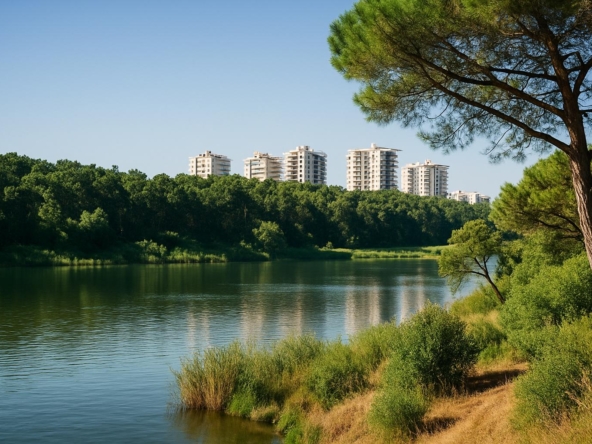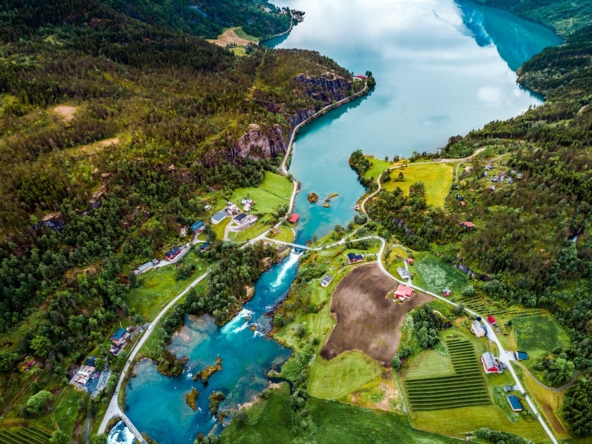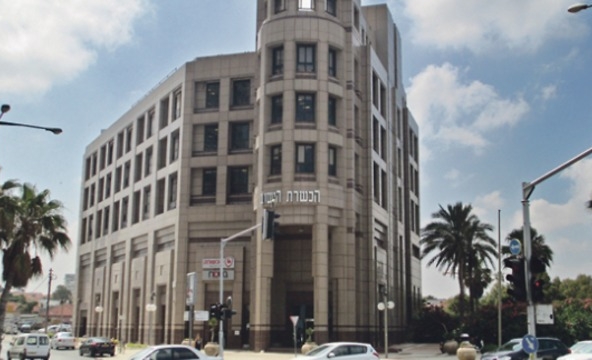The farmers’ safety net? Desperate due to the numerous difficulties in the industry, many economies in the country are opening agricultural tourism activities that serve as a source of income. Advantages: direct contact with consumers and new sources of income if they know how to leverage it.
Picking strawberries, petting calves, visiting a vineyard, or wandering through a corn maze: agritourism is no longer a niche but a thriving sector that allows farmers to increase their income and actually constitutes a tourist or commercial use of agricultural land.
The tourist activity within the agricultural framework can include a visit, training, a workshop, participation in activities such as Katif, etc. Some farmers in tourism regularly offer such activities, while others do so mainly during local festivals: wine, olive picking, etc. Some activities are offered for a fee, while others are not, based on the assumption that the visitor will purchase their products during the visit.
Agricultural tourism in Italy and Spain is also likely to produce an optimal situation from which everyone benefits: the public has the opportunity to get closer to the land and nature, farmers can secure a source of income, and bed and breakfast owners can thrive.
What is certain is that in all cases, regarding the farmer, it is not enough to hang a sign inviting tourists or post an advertisement on Facebook. Such an initiative should include adapting the agricultural area for visitors, obtaining the necessary permits, and the required infrastructure (services and access roads). If all of this is done correctly, they would then have the opportunity to have a new profitable source of income.
“This is a profitable investment if we build it correctly and according to the potential of the visitors,” said Shai Dotan, senior director of the Ministry of Agriculture for rural tourism and tourism. “We are witnessing a boom in agricultural tourism, especially in small farms looking for an additional source of income alongside their main occupation.”
According to him, “the reasons for this decision stem from the difficulty, in recent years, of living solely off agricultural land, which has made the need for complementary economic activities that support agriculture insufficient, allowing owners to live decently. A path that regulates their situation.”
This sounds wonderful, but Livnat Ginsburg, director of tourism in the northern Negev, claims that the difficulties faced in creating an agricultural business are similar to those raised by entrepreneurs of all small businesses. “This requires countless permits and approvals, and anyone who wants to do things legally cannot always.“
“It’s not simple to be a farmer in Israel,” said Dr. Adi Neely, director of the olive branch at the Plant Council. “In our case, necessity is the best teacher. Agricultural tourism has become an existential need for us. Farmers are determined individuals who constantly strive to improve product quality, but to survive, they must find direct marketing channels and activities that support agriculture. This is where rural tourism comes in.
“The culture of olive oil began here thousands of years ago, and we have a story to tell, which also encourages the consumption of quality Israeli olive oil, a program that brings consumers closer to the Israeli product rather than imported products on supermarket shelves. There is no way to reach them.”
According to him, seasonal festivals (olive oil, potatoes, etc.) are the “daily bread” of agricultural tourism. “There is no investment or bureaucratic complexity in creating a space in the olive press, paying festival organizers, setting up a booth, and waiting for a marketing system that will attract as many visitors as possible.”
How much does it cost to add a tourist level to the agricultural sector?
Shai Dotan: “It is possible to start the activity with a relatively modest investment, but before that, we had to examine the commercial feasibility. You need to obtain a building permit. This procedure also includes a permit issued by a local committee, an evaluation certificate, a process that can take about a year.
And after going through this process, does the tourism plan increase farmers’ income?
“Absolutely, there are farms that tourism has really saved.” “Tourism is the lifeline for many Israeli olive presses, which do not have access to the shelves of food chains. It is not only a direct income for farmers,” he adds, “but this income constitutes a livelihood for a nearby restaurant or for nearby rural hospitality. Even if the consumer buys it later in another place.”
“Those who do it well make a good profit,” says Ginsburg. “It is clearly an alternative for additional income for small businesses.
Are there places where tourism has become a secondary activity to the main activity?
“I don’t know of such places, but you must remember that just as agriculture is a seasonal industry, tourism is also an unstable industry. On the other hand, it is clear that every shekel that farmers bring in is welcome, especially for the small ones.” For a winery producing between 5,000 and 10,000 bottles of wine per year, “It’s either be or cease.” Every bottle sold directly in the cellar is a net profit, and considerations in wineries are completely different.
“Businesses like ‘The Salad Trail’ have transformed the tourism sector into a main activity,” said Mr. Ginzburg. “But like in any business, you need to be professional and do what is right, like guesthouses. If you treat it as a secondary activity, it looks like this.
Do you recommend businesses to collect money from visitors?
Dotan: “It depends if a winery, for example, offers tastings and guided tours allowing them to collect a certain amount that will be refunded upon purchasing bottles; there are wineries that charge nothing, and in olive presses that sell olive oil and other products, they do not charge money. They will charge a symbolic amount for entry and give a basket of fruits as part of the payment, a visit to the stable or a petting animal center that has nothing to sell, but it is normal to charge a fee, generally between 25 to 40 NIS per visitor, and in places where parents charge less.”



